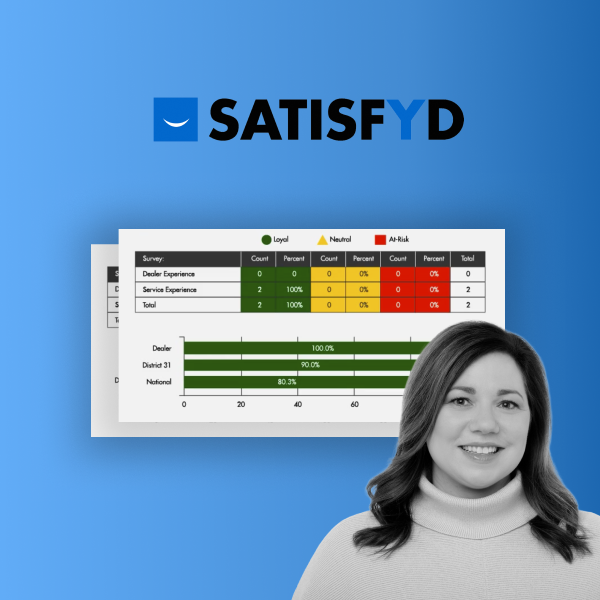Food manufacturers sustain life. As the population grows, manufacturers find themselves in a position of adaptation and growth. State-of-the-art processes and automation, in conjunction with human innovation, can transform the reach and longevity of a brand.
Companies can utilize data to align with strategic decision-making, benefiting from the momentum of technology in an ever-changing business landscape. Data’s role in an organization is to configure information that translates what was done in the past and how successful certain processes were. It also describes in real-time details that make an impact on the quality of a product.
The existence of data alone isn’t enough to bring a company to the forefront of technology-induced change. The data must be used in order for a company to propel itself into the current and future realities of food manufacturing.
Data organization improves efficiency, but so does having access to truthful data.
Data integration connects a variety of data points so that the information can be used so a company can position itself as a leader in the industry.
It’s important to utilize the data and not just implement data integration. This requires a cohesive approach across the organization between departments, leadership, stakeholders, employees, vendors and more.
Why develop a data integration plan?
- Improve the impact made by manufacturing practices
- Increase communication between the organization, but also between consumers
- Real-time analytics promote on-demand resolution and accountability
- Quality control
- The 3 T’s: tracking, traceability, transparency
- Enhanced transparency can lead to increased rapport with suppliers and consumers
- Gather insights, but also use data to implement effectual changes
- Efficiency leads to a higher ROI; validates the cost of data integration by cutting waste and producing high-quality consumer-driven/demand-driven operations and products.
- Decrease time to produce and deliver
- Gain valuable insight into consumer habits and preferences; the ability to foresee trends in the future/forecasting on a new level. Understanding your customers will lead to retention. There’s a lot to be said for an Improved customer experience.
- Quantifiable success: see in real-time what is working
- Consolidated processes for data integration rather than relying on multiple platforms which likely are not delivering accurate and pertinent information.
Enterprises simply can’t afford to not develop a strategy led by insightful and
data-driven decisions. In Volume 724 of Science of the Total Environment (STE), the article Testing the data platforms required for the 21st century food system using an
industry ecosystem approach, recognized that “by taking a holistic view, the food ecosystem approach can interconnect requirements using digital and externally linked platforms that will fundamentally change the way future food systems operate,” the authors stated.
Companies must focus on the fact that food production systems can no longer focus on one or two core conditions, such as food safety or quality. The holistic approach ensures that all layers of an organization are represented.
“Food manufacturers must “reconcile complexities and address intra-system root causes. The integration and streaming of these platforms are only achieved through innovation, with the end-user providing development and balance in emergent business ecosystems.” the STE authors added.
Data integration is important, so what’s the next step? How one company discovered the benefits of production data
Saeby Fish Canners, the leading producer of private label mackerel preserves in Europe, partnered with TARGIT because SAEBY wanted to be more data-driven in its
daily decision making.
SAEBY knew the benefit of adopting BI and Analytics for their production data. They also wanted to make data more accessible to everyone in the organization.
Some of the solutions TARGIT and SAEBY developed included:
- Quicker identification of errors in BOMs
- An easier and more accessible way to follow-up on production orders
- Accurate verification of production processes allowing SAEBY to gain a competitive edge in the market
- Create a BI Team
.png)



